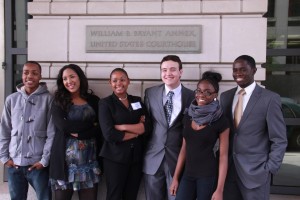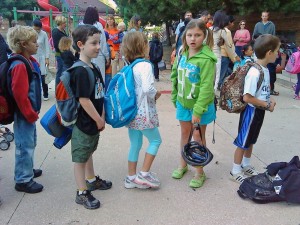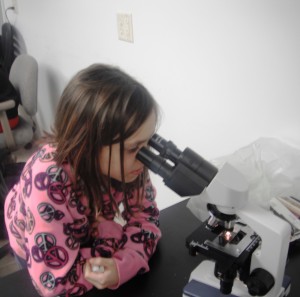
In some schools, students racially classify high academic achievement as “White.” When a high-achieving Black or Latino student is accused of “acting White” by peers, her achievement is assigned to a category that’s already been ranked within a race-based social hierarchy. School-wide, this disparagement of minority students can result in racially unequal learning opportunities. But this doesn’t happen everywhere. While school practices like tracking can foster racialization, it’s less likely to occur in different school contexts. What makes the difference? Simone Ispa-Landa and Jordan Conwell investigate what factors Black students attribute to their perceiving and labeling high-achieving schools as “White.”
The researchers compared the responses of Black adolescents in two school contexts: those attending urban majority-minority high schools, and those selected to attend affluent suburban high schools whose student population was on average 10% Black and Hispanic. Students were asked about things like the quality of their school, race, academic achievement, neighborhood dynamics, cliques, and how they fit in socially. They found that the students attending White-majority suburban schools classified high-performing schools as “White” schools, whereas those attending predominantly Black and Hispanic urban schools did not. This suggests that the personal observation of White-dominated achievement hierarchies lead Black students to classify achievement as “White” for both individuals and institutions.
Opportunities for school choice abound at every stage of students’ academic careers. Because racial classifications have the potential to shape educational choices and outcomes, understanding how and where they are formed may be the first step in toppling race-based achievement hierarchies.
Read the full article here:
Simone Ispa-Landa and Jordan Conwell, “Once You Go To a White School, You Kind of Adapt”: Black Adolescents and the Racial Classification of Schools, Sociology of Education, 2015
Amy August is a graduate student in Sociology at the University of Minnesota who studies education, competition, parenting, and sports.





